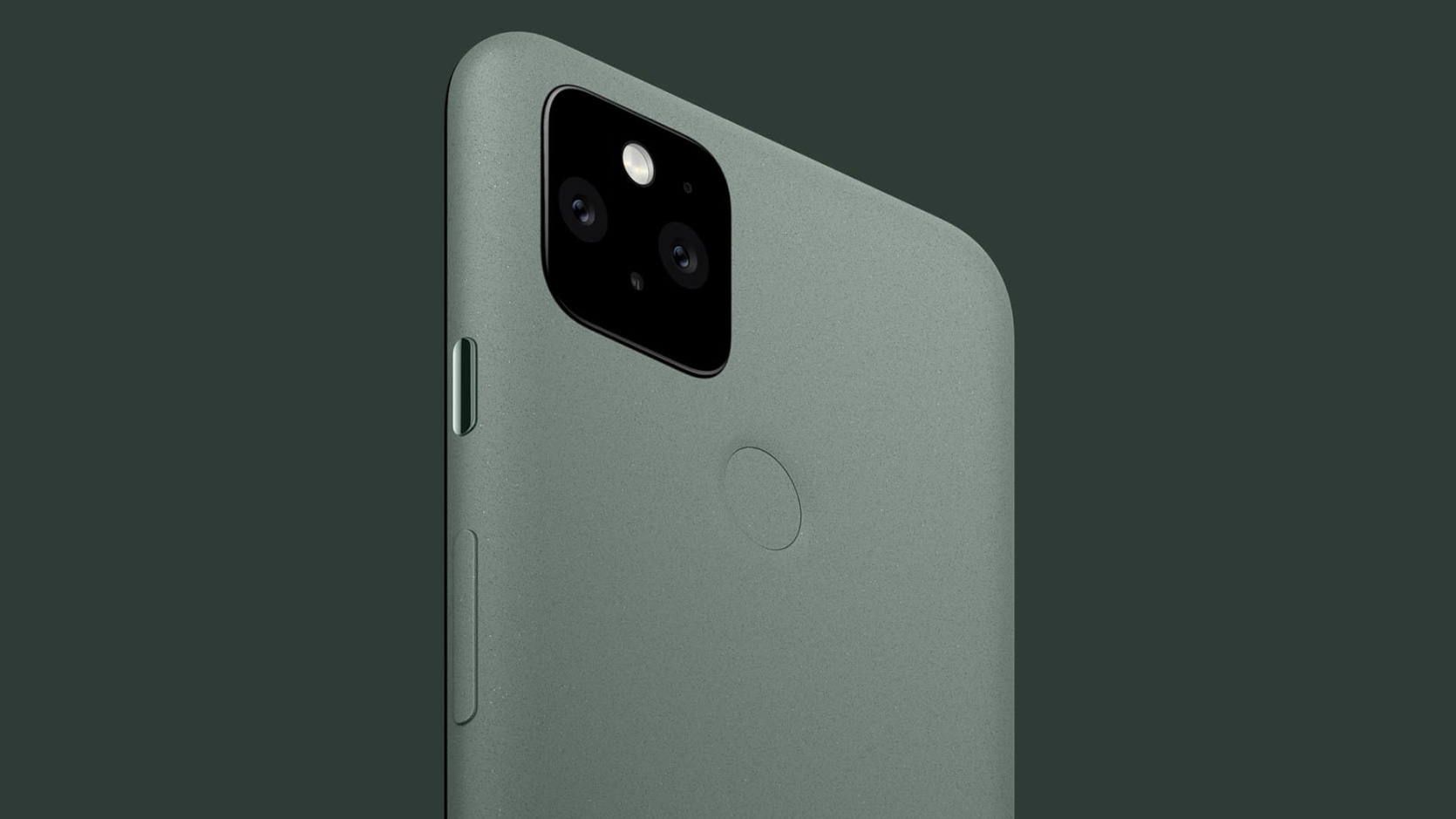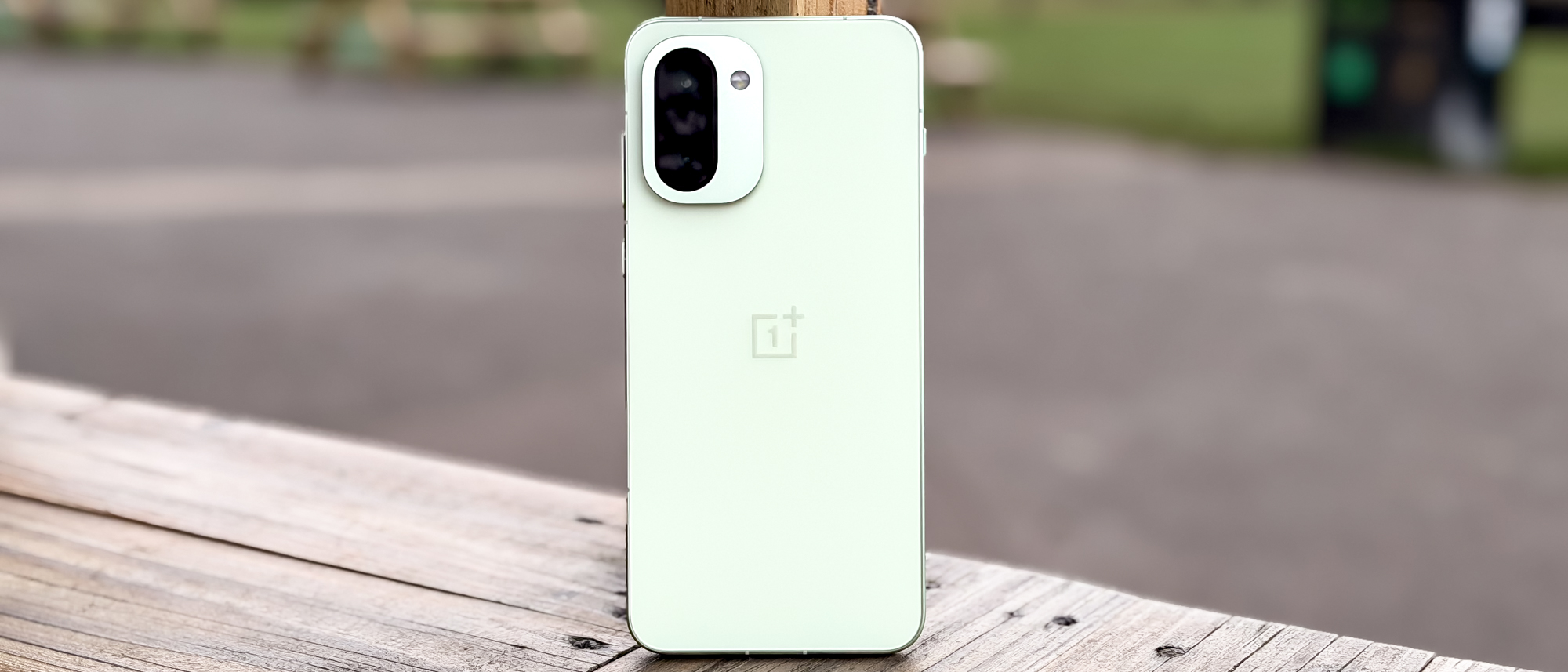The Google Pixel 5 is pointless — here's why
The Pixel 4a 5G has already doomed the Pixel 5

It's fair to say Google's had its share of troubles promoting Pixel phones over the years, but it finally settled on a winning formula with its lower-cost models.
The just-announced, $499 Pixel 4a 5G takes what was already arguably the year's best cheap phone in the Pixel 4a and adds 5G connectivity, more power and a beefier battery. On paper, it looks like an already-great device made even better, at the right price, and it's the kind of phone Google has become very good at building.
- Google Pixel 5 event recap: All the big news you missed
- Google Pixel 5 vs. Pixel 4a 5G: What's different?
- Just in: Massive iPhone 12 leak just revealed all five models
But it's not the only handset Google announced this week. In addition to the Pixel 4a 5G, Mountain View also unveiled the Pixel 5. This model serves as the flagship of Google's 2020 roster sitting atop the rest at $699, which, it must be said, is quite an appealing price when the most premium Galaxy S20 or iPhone goes for nearly twice that.
You'll naturally wonder, then, what exactly the Pixel 5 gives you that the Pixel 4a 5G doesn't to justify the extra $200 expense. Perhaps a faster processor, or a bigger, higher-resolution display? Maybe better cameras with more lenses? This is typically how it goes, of course; the cheaper model has almost everything you want, but if you truly want it all, you drop a couple hundred more.
Where the Pixel 5 fails
Alas, this is where Google has lost the plot. Based on specs and everything we've been told about these phones, the Pixel 5 is no faster than the Pixel 4a 5G, nor will it take better pictures. Its display has a slightly higher refresh rate, but just barely. Its battery is a bit bigger, but not by a whole lot. And while the Pixel 5 can charge wirelessly and even reverse charge other devices, those features aren't singularly compelling on their own, especially when you're talking about a $200 upcharge.
But the Pixel 4a 5G is just the beginning of the Pixel 5's problems. As it turns out, Google's newest flagship — with its Snapdragon 765G chipset in tow — is slower than last year's Pixel 4 and Pixel 4 XL, which packed older-but-better Snapdragon 855 silicon. Mind you, the Pixel 5 is $100 cheaper than the Pixel 4 was when it launched, but what Google's effectively done here is make the sequel worse in a bunch of varying ways, all in the name of achieving a lower price point.
If the Pixel 5 is for enthusiasts and the spec-obsessed, it's not powerful enough. And if it's for bargain hunters, it's not cheap enough.
Performance aside, the Pixel 5 lacks the Pixel 4's speedy three-dimensional Face Unlock feature, which provided iPhone-like secure authentication to Google's outgoing flagship. It also lacks the Soli radar — a component that, while not used to especially great effect in the Pixel 4, enabled promising air gesture capabilities that Google swiftly abandoned when the device didn't sell.
Get instant access to breaking news, the hottest reviews, great deals and helpful tips.
The Pixel 5's cameras are virtually the same as those in last year's iteration, save for the addition of an ultrawide lens to replace the telephoto camera and its optical zoom. And while the Pixel 5 does support wireless charging, the old phone could do that, too (save for the reverse charging part).
Where the Pixel 5 is worth it
As far as I can tell, there are just two big ways in which the Pixel 5 is objectively better than the phone it replaces: it supports 5G, and it has a much, much bigger battery. Personally, I find 5G to be a non-starter right now — I've tested a variety of 5G networks, and outside of millimeter wave-based Verizon 5G, which is extremely fast but limited in range, 5G simply doesn't have much to offer yet. Let's see what happens a year from now.
The Pixel 5's greatly-increased battery capacity, however, is a big boon to the new model and could potentially alleviate Google's chronic shortcomings in that department. But even then, if I owned a Pixel 3 or Pixel 4 XL, would I really want to drop hundreds of dollars on a slower phone for the promise of a bigger battery? What's the purpose of an upgrade if I'm still making a massive trade-off?
Let's say I was interested in upgrading. At that point, why wouldn't I consider the Samsung Galaxy S20 FE, which also costs $700, but has a faster Snapdragon 865 chipset, a microSD slot for more storage and an even larger 4,500-mAh power pack. Hell, why not just buy a Pixel 4a 5G, considering it does nearly everything the Pixel 5 does for $200 less?
Who's this phone for?
When I ask myself these questions, I struggle to understand why anyone would purchase a Pixel 5. Samsung, Apple and OnePlus don't deserve the credit on this one — Google is acting as its own worst enemy here. If the Pixel 5 is for enthusiasts, early adopters and the spec-obsessed, it's not powerful enough. And if it's for bargain hunters, it's not cheap enough. So then, who exactly is this phone for?
Lately, Google has proven so good at building accessible phones with just the right features at just the right price that it's single-handedly made its more expensive offerings look pointless.
The way I see it, that's a good problem to have, with a logical conclusion — just stop making flagships altogether. And yet, Google seems strangely committed to the idea of a premium Pixel phone. The question is why.
Adam Ismail is a staff writer at Jalopnik and previously worked on Tom's Guide covering smartphones, car tech and gaming. His love for all things mobile began with the original Motorola Droid; since then he’s owned a variety of Android and iOS-powered handsets, refusing to stay loyal to one platform. His work has also appeared on Digital Trends and GTPlanet. When he’s not fiddling with the latest devices, he’s at an indie pop show, recording a podcast or playing Sega Dreamcast.
